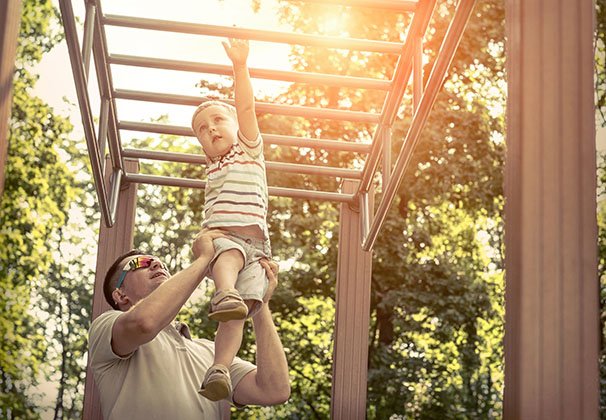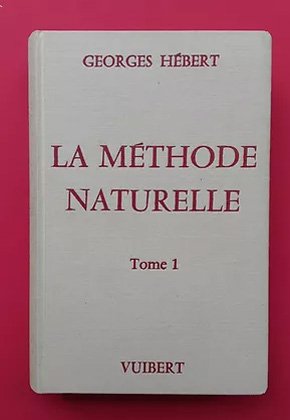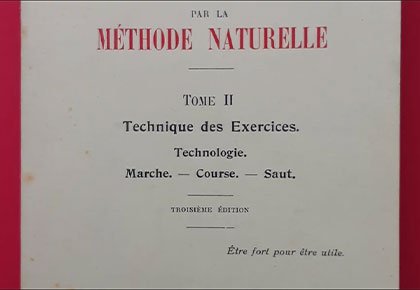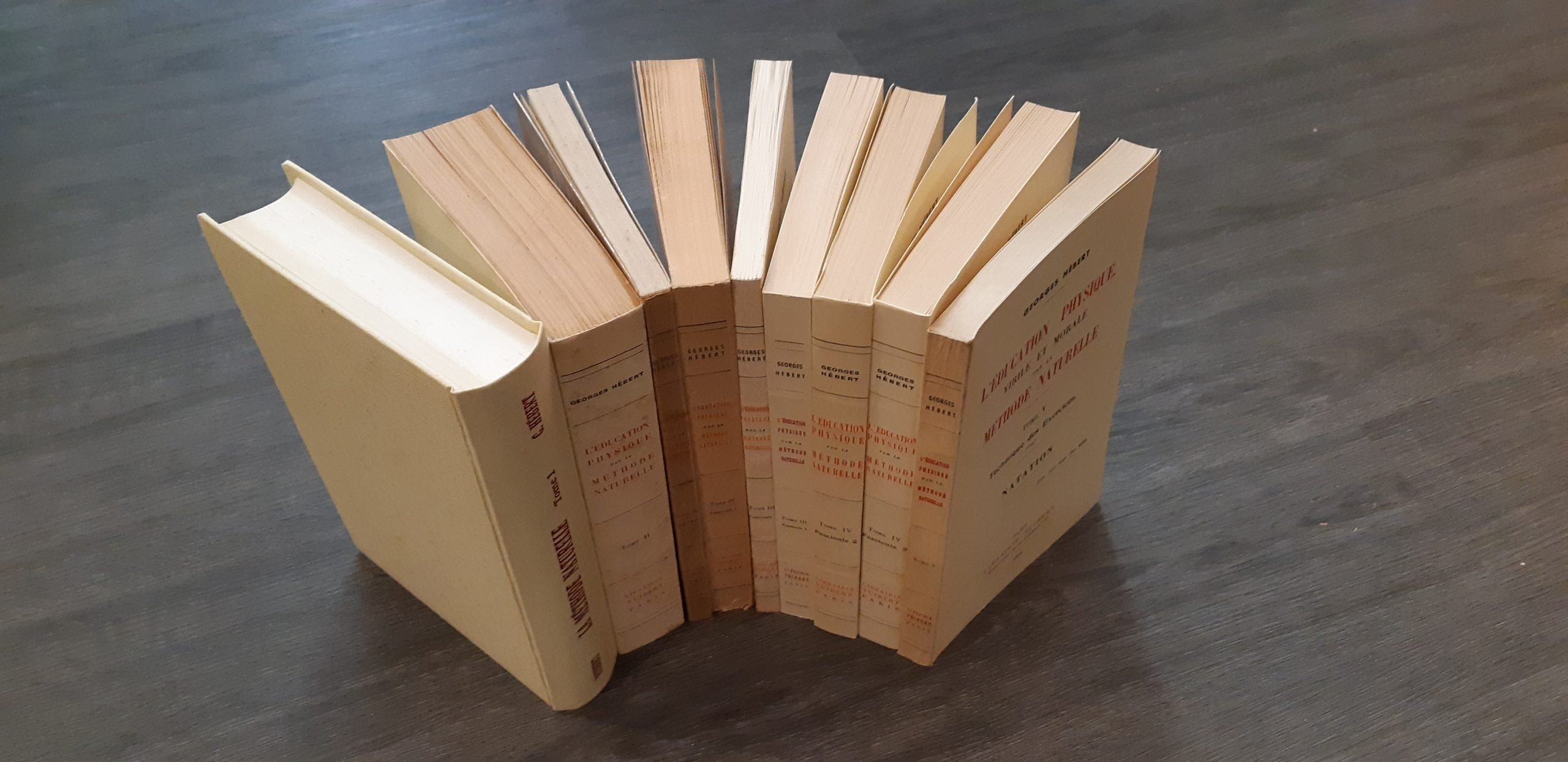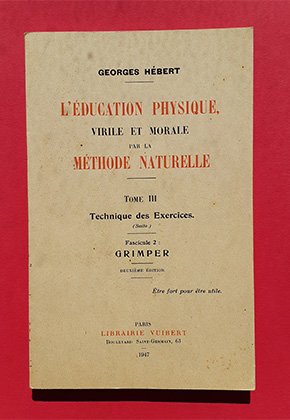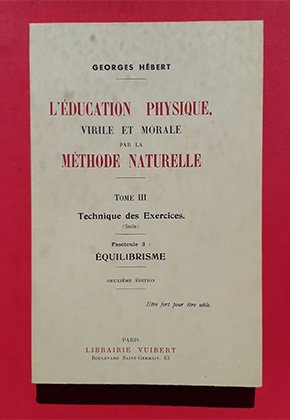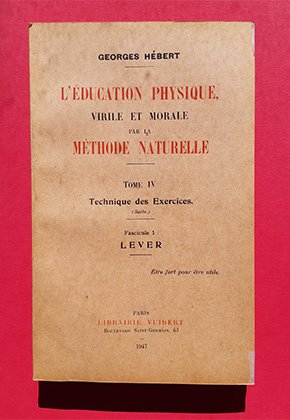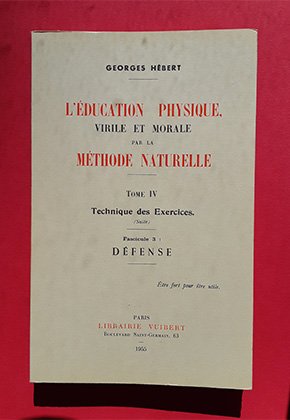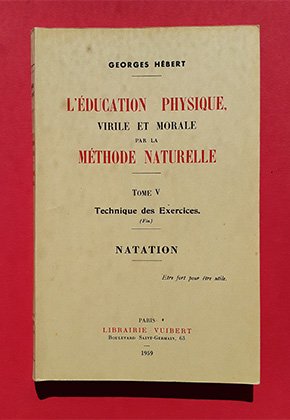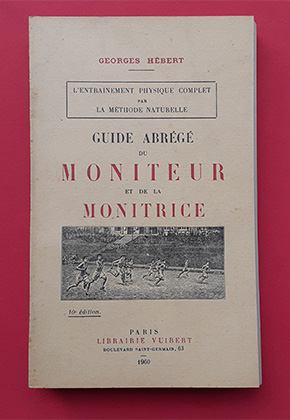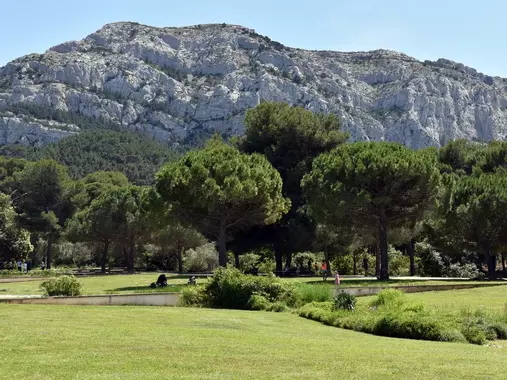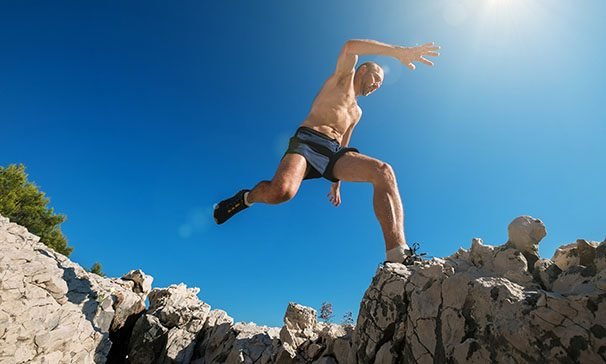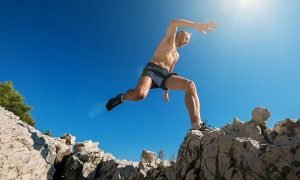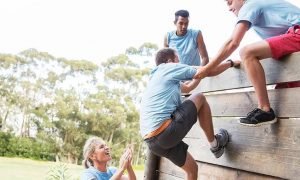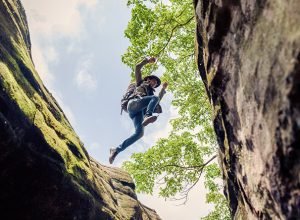A training session, in accordance with the principles, is a more or less long course or movement during which:
one walks, runs, jumps, progresses in quadruped, climbs or climbs, walks in balance, lifts and carries, throws, wrestles… and swims (if possible).
There are three main modes of practice depending on the availability or not of natural land.

1° In the forest, through the countryside, in a park, garden, etc. |
The course in the middle of nature consists in making the best use, while respecting the pedagogy, of the various natural obstacles that arise along the journey. The “natural” route has the following advantages:
- He perfects the technique from the utilitarian point of view, exercises the eye, awakens the practical sense,
- It develops the qualities of action when it comes to crossing difficult or dangerous places,
- It encourages mutual aid,
- It provides the opportunity to awaken the senses (sight, smell, hearing), and the sense of observation etc.),
- It allows direct contact with nature and allows you to benefit from its benefits. Its psychic action is very important and arouses joy and enthusiasm in children in particular.
Itinerary whatever (Nadja Hahn – Munich)
In a public park (John Edouard Ehlinger -Stuttgart)
2° On a landscaped course dotted with obstacles: the “Hébert course” |
You can also use built-up obstacles, which have the advantage of being able to be installed almost anywhere. They take up the principle of the course in the forest.
Note: If the “sports” or “health” courses carried out by the municipalities or others, which are now found almost everywhere, have taken up the principle of the Hébert courses, they generally neglect the original doctrine and pedagogy, so that ‘they are sometimes very poor.
3° In an undeveloped space |
In the absence of nature or a course, a schoolyard, a grass field, a simple evolution board, with a few simple objects (sticks, balls, ropes, etc.) may nevertheless suffice.
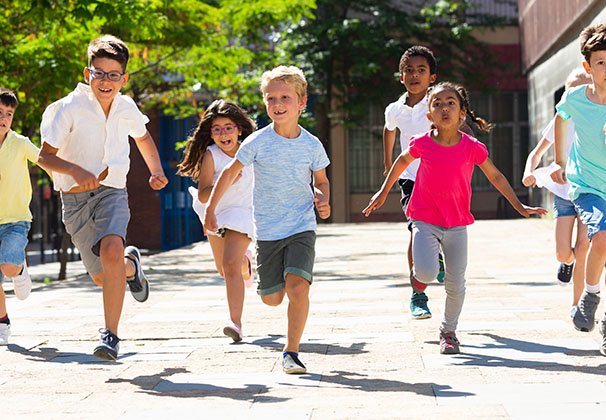
In order to be able to respect the various pedagogical principles seen previously, and in particular the continuity of work, the alternation of efforts, etc., while respecting the autonomy of each, Georges Hébert, created what he called generic “the plateau”.
A session “on set” has the advantage of being able to be carried out almost anywhere and also of training a large number of people simultaneously (example: an entire class, where the whole class will really work continuously and not 2 or 3 watching do the other 30, as we see too often)
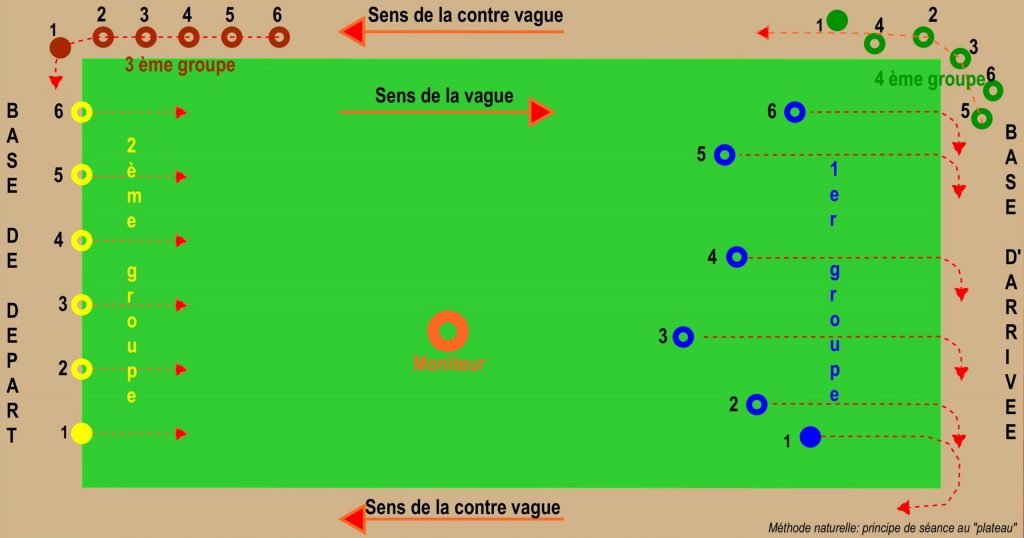
Principe du plateau
The board is made up of a departure base and an arrival base.
The group to be trained is divided into sub-groups of roughly equivalent levels; these sub-groups are called “waves” and will progress under the leadership of “wave leaders” who relay the instructor’s instructions.
Movement on the board is done back and forth:
- The outward journey, which runs from the base of departure to the base of arrival represents the main effort,
- The return which is made by walking on the sides of the plateau, corresponds to the counter effort, thus ensuring the “alternation of efforts”.
Georges Hébert called this movement “waves and counter-waves” like the breaking waves on the beaches.
Hébert’s main pedagogical principles are respected:
- The individualization of exercises by levels: each wave can do a different exercise,
- Continuity of work through continuous movement, without ever stopping, the distance covered during a session can vary from 1 km (short session with children) to 5 or 6 km (young adult session),
- Alternation of forces and counter-forces (wave and counter-wave),
- The freedom of action by the autonomy of each during the effort in the “wave”.
Principle of the board (video):

